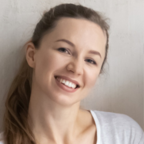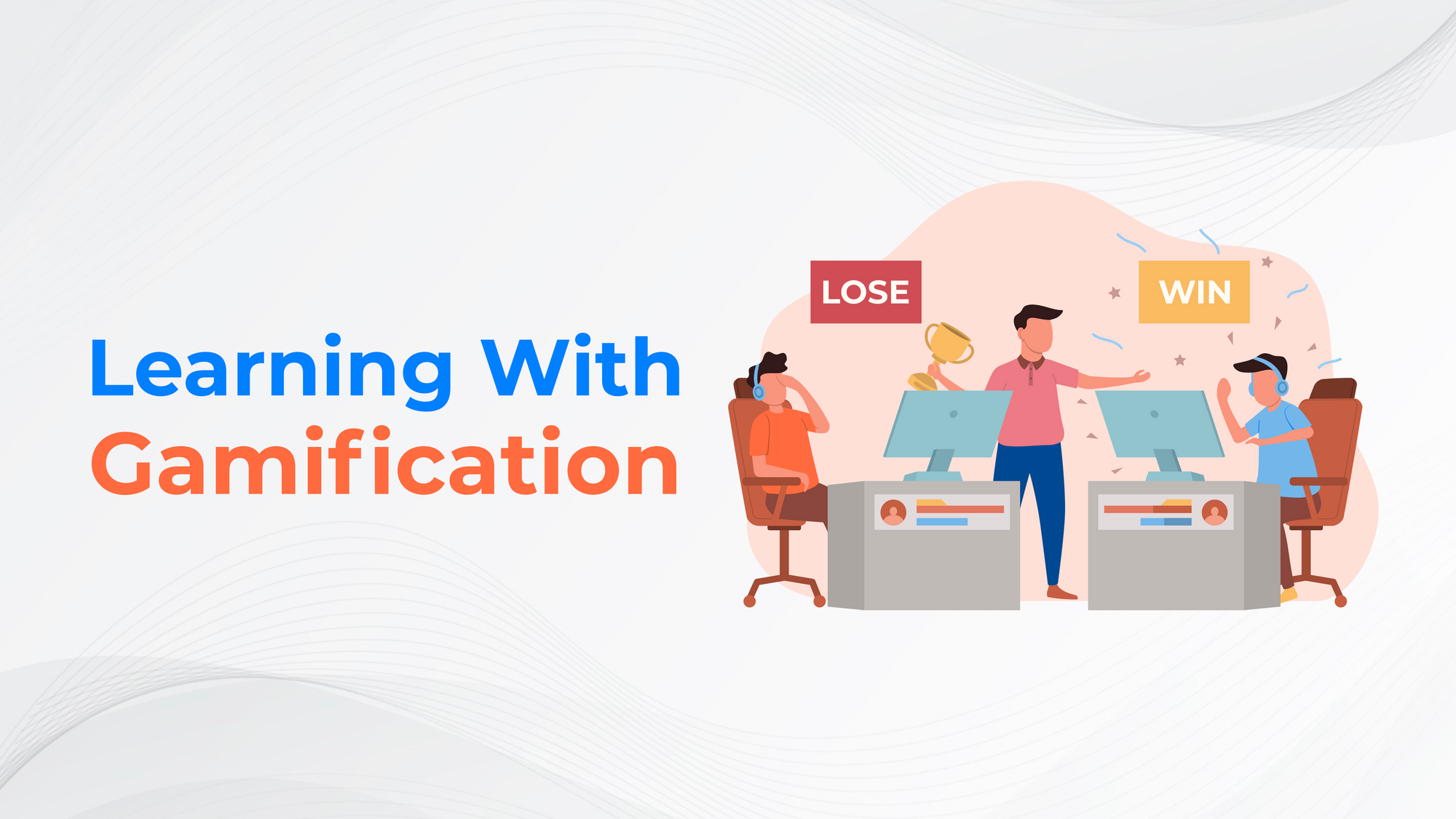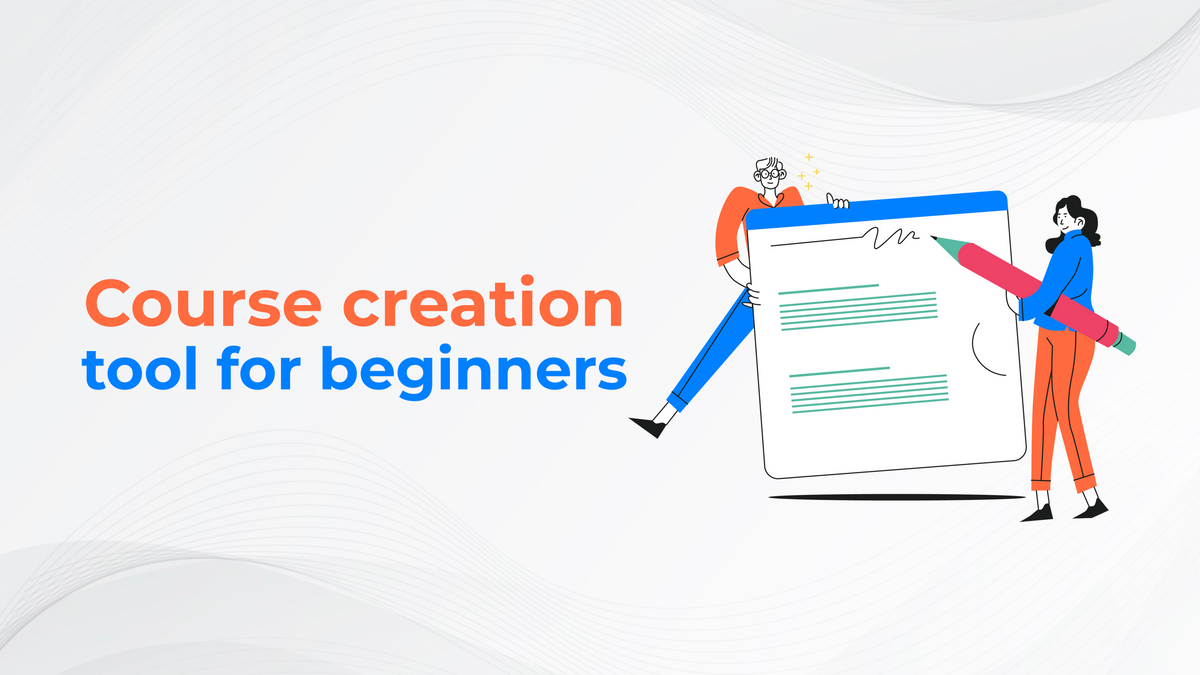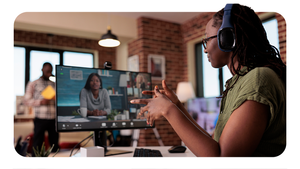Motivating eLearning
Motivating learners in Learning Management Systems (LMS) is essential for ensuring successful learning outcomes. To ensure optimal engagement with a Learning Management System, it is important to understand how to motivate learners and address their potential challenges when utilizing the platform.
The first step in motivating learners within an LMS is to provide clear learning objectives and expectations.
This will help students stay focused on their educational goals and remain motivated throughout their coursework. Additionally, providing resources such as feedback opportunities, interactive activities, and visual aids can help keep learners engaged with the material. Additionally, setting up rewards systems or recognition programs for completing tasks could further incentivize student participation within a Learning Management System.
During eLearning: Engaging Content
As a growing number of organizations adopt eLearning for their employees, learning management systems (LMS) are becoming essential tools for delivering training. The challenge is to keep content interesting and engaging in an online environment.
Creating high-quality content that engages learners and keeps them focused requires careful consideration of different factors like design, layout, interaction, visuals, and sound. In addition to providing an appealing user experience, instructors must also ensure the course material is appropriate for the target audience. By combining creative elements with well-structured instructional strategies, LMSs can deliver effective learning experiences that keep students engaged throughout the course.
Effective eLearning engagement involves more than just the learner; it involves creating meaningful connections between instructors and learners to foster relationships while simultaneously increasing knowledge retention and reducing cognitive load.
After eLearning: Rewards & Reinforcement
In the age of eLearning, it is important for learning management systems (LMSs) to adequately reward and reinforce learners. A successful LMS should provide meaningful rewards, and motivating and can be implemented without much effort. Rewards can include badges, points, or tangible items such as gift cards or certificates. In addition to providing a sense of accomplishment and recognition, rewards and reinforcement can also help to keep learners engaged with their studies.
Rewards should be tailored to the learner's preferences, interests, and goals to make them more effective motivators. For example, if a student has been working hard on a particular course module they could receive an award for completing it quickly or with outstanding results. Similarly, a student who achieves high scores in multiple courses could be rewarded with an additional certificate or badge recognizing their achievements.
Structured Learning: Time Management
Structured Learning is an approach to learning that can help learners stay organized, manage their time more efficiently, and get the most out of their Learning Management Systems (LMS). Structured learning involves utilizing certain strategies to make the learning process easier. It helps learners plan, prioritize tasks, and stay on track with coursework.
Time management is one of the key components of structured learning. Learners can use various tools provided through their LMS to create a timeline for coursework that fits within their available hours in the day. This will allow them to better allocate their time and energy towards completing tasks at hand without feeling overwhelmed or burnt out. Learners can also utilize resources such as calendars and reminders to keep track of deadlines and due dates for assignments.
Technology Tools: Making it Fun
Technology Tools have revolutionized the way that educators teach. With tools such as audio and video lectures, virtual reality simulations, and interactive quizzes, Learning Management Systems (LMS) are making learning more engaging for students. Technology tools provide real-time feedback to both instructors and learners; this feedback is essential for understanding how to better engage with the material being taught.
By making learning fun in LMSs, teachers can encourage students to participate more actively in their education and become excited about what they are learning. In addition to providing immediate feedback on course materials, technology tools also allow instructors to create a dynamic learning environment that is tailored specifically to their student's individual needs. Educators can assign tasks, set goals, monitor progress, and manage student engagement levels all within the confines of one unified platform.
Conclusion: Motivation Strategies
BrainCert Learning Management System offers an innovative and comprehensive suite of motivation strategies to help learners stay engaged and motivated. It provides businesses, educators, and students with the tools needed to create a personalized learning experience. Additionally, the platform allows for collaboration, metrics tracking, and detailed reporting to ensure efficient learning results. BrainCert UTP provides an effective way for users to engage with their content more meaningfully.










